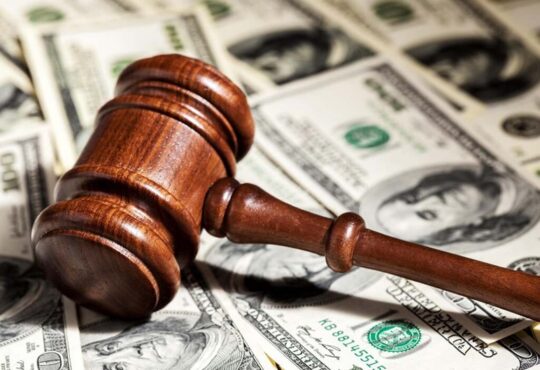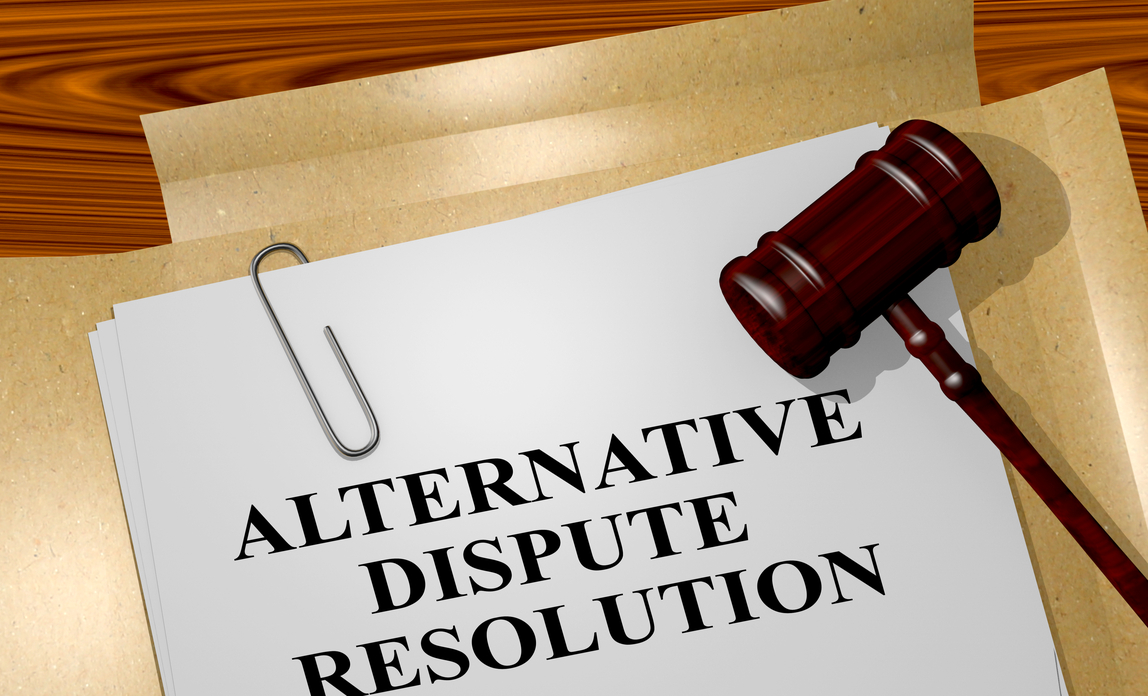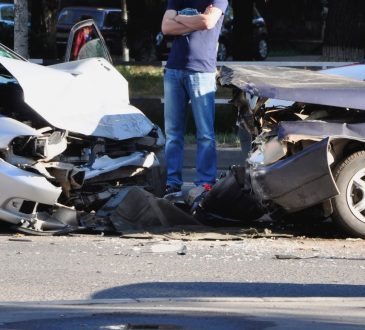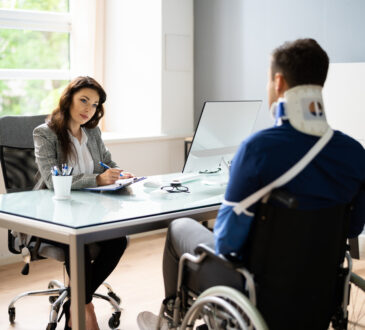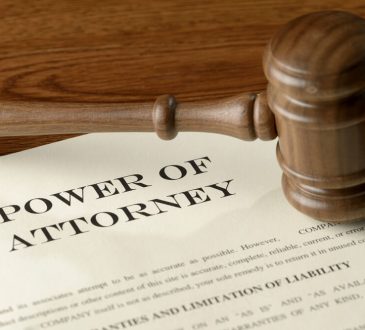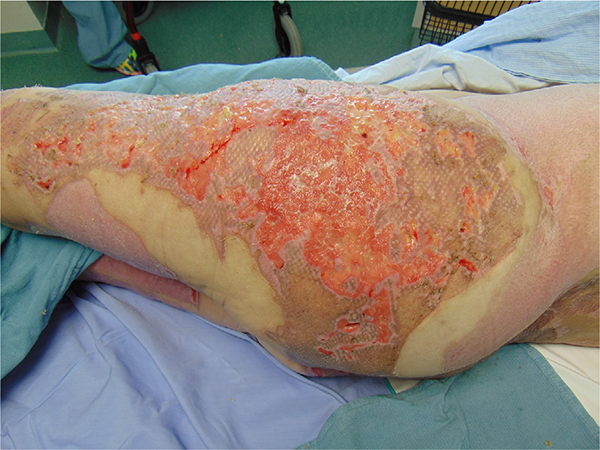
Severe burn injuries don’t just heal: they change the course of a person’s life. In Westchester, victims are often juggling hospital stays, grafts, and time off work while trying to figure out who’s responsible and how to pay for long-term care. That’s where focused legal representation comes in. A seasoned Burn Injury Attorney Westchester residents rely on understands how to connect the medical picture with the legal proof, so liability is clear and compensation reflects the true cost of recovery. This guide walks through the key issues that drive serious burn cases in Westchester, from causes and classifications to evidence, product defects, and compensation, insights the team at Tomkiel & Tomkiel Law Firm brings to every case.
Common sources of workplace and residential burn incidents
Burn cases in Westchester frequently arise from a handful of recurring scenarios. Understanding the mechanism helps lawyers and experts reconstruct what happened and who’s accountable.
Workplace incidents
- Electrical exposures: Arc flashes from panels, faulty lockout/tagout, inadequate PPE. Maintenance contractors and property managers may share blame if equipment was mislabeled or negligently serviced.
- Chemical burns: Acids, alkalis, solvents, or cement exposure. Inadequate training, missing Safety Data Sheets (SDS), or defective containers can implicate employers and third-party suppliers.
- Thermal burns: Boiler malfunctions, kitchen line fires, overheated machinery. If a service vendor skipped required inspections, they may be on the hook.
- Explosions: Dust, gas, and lithium‑ion battery failures in warehouses or shops. These cases often involve multiple defendants, from component makers to facility owners.
In New York, workers’ compensation covers medical care and wage benefits, but doesn’t pay for pain and suffering. When a third party (not the employer) contributed, like an equipment manufacturer or outside contractor, injured workers can bring a separate negligence or product liability claim for full damages.
Residential incidents
- Apartment/building fires: Space heaters without tip‑over protection, overloaded power strips, outdated wiring, or blocked exits. Landlords and managing agents have statutory duties to keep premises reasonably safe.
- Kitchen fires: Grease fires, defective ranges, or malfunctioning gas lines. Utility providers and installers may be implicated.
- Consumer products: Phone chargers, e‑bikes/e‑scooters, vape devices, and battery packs. Poor battery management systems (BMS) and inadequate warnings are common issues.
- Hot water scalds: Water heaters set above safe temperatures, missing anti‑scald valves. Building codes and maintenance logs matter here.
A Burn Injury Attorney Westchester victims consult will typically move fast to preserve evidence, requesting surveillance, 911 recordings, fire marshal reports, and physical artifacts (appliances, cords, batteries) before they’re discarded.
The classification of burns and corresponding legal claim value
Not all burns carry the same medical or legal weight. Claim value turns on severity, permanency, scarring, disability, and the clarity of fault.
Medical classification (what doctors look at)
- Depth: Traditionally called first-, second-, and third-degree: modern charts use superficial, partial-thickness, and full-thickness. Full-thickness injuries often require grafting or flaps and leave permanent scars or contractures.
- Total Body Surface Area (TBSA): The “rule of nines” estimates how much of the body is burned. Higher TBSA correlates with longer hospitalizations, greater infection risk, and larger damages.
- Mechanism: Thermal, chemical, electrical, or radiation. Electrical and chemical burns can cause deep, hidden tissue damage: electrical injuries may also affect the heart and nerves.
- Complications: Infections, inhalation injuries, hypertrophic scarring, keloids, contractures, PTSD, and depression. These drive future care needs and non‑economic loss.
Legal valuation (how courts and insurers view it)
- Permanency and visibility: Facial scarring, hand injuries, and contractures that limit motion often increase non‑economic damages in New York. There’s no statewide cap on pain and suffering.
- Functional impact: Loss of range of motion, neuropathic pain, sensitivity to heat/cold, or inability to resume prior work. Vocational experts quantify lost earning capacity.
- Liability and conduct: Clear negligence or product defects strengthen value. Evidence of reckless disregard can support punitive damages in rare cases.
- Comparative fault: New York follows pure comparative negligence (CPLR 1411). Even if a plaintiff shares some blame, they can still recover, though the award is reduced by their percentage of fault.
- Venue and defendants: Westchester County juries, corporate defendants, and available insurance limits affect outcomes. Multiple liable parties can expand recovery sources.
As a practical example: a small superficial scald with full recovery may settle modestly. A full‑thickness electrical burn to the dominant hand with grafts, nerve injury, and permanent loss of dexterity, caused by a defective tool, can justify substantial six‑ or seven‑figure demands, supported by lifecare plans and expert testimony. Firms like Tomkiel & Tomkiel Law Firm build that proof with treating physicians, burn surgeons, and economists.
Medical documentation and photographic evidence for litigation
With burns, the story lives in the details. Good cases become great when the medical record and visuals align.
Medical records to secure early
- EMS and ER records: Mechanism of injury, initial vitals, and early photographs sometimes captured by hospital staff.
- Burn unit notes: TBSA charts, depth assessments, grafting dates, donor sites, debridements, infection cultures.
- Operative reports and pathology: Confirms full‑thickness involvement and procedures performed.
- Therapy and rehab: Range-of-motion measurements, splinting, compression garments, occupational therapy goals.
- Mental health records: Screening and treatment for PTSD, anxiety, or depression.
- Billing and coding: CPT/ICD codes and itemized charges support economic damages and future cost projections.
Photographs and video: do’s and don’ts
- Capture the timeline: Day 1, post‑debridement, post‑graft, and during healing. Later, document scarring, contractures, and functional limits (e.g., grasping objects).
- Use consistent lighting and neutral backgrounds. Include a ruler for scale when possible.
- Preserve metadata (date/time). Avoid filters or edits. Keep original files and backups to maintain chain of custody.
- Document impacts: Difficulty dressing, caring for children, or returning to work. Short clips can be persuasive.
- Be cautious online: Avoid posting injury photos or commenting on recovery on social media, insurers monitor public profiles.
Evidence preservation steps
- Send spoliation letters quickly to landlords, utilities, employers, and manufacturers to preserve appliances, batteries, wiring, surveillance, and maintenance logs.
- Obtain official reports: Fire department, building inspector, and (when applicable) OSHA findings.
A Burn Injury Attorney Westchester practitioners trust will coordinate with burn surgeons to create demonstratives, graphs of temperature exposure, graft maps, and lifecare plans, to translate complex medicine into compelling proof.
Third-party product defects contributing to chemical or electrical burns
When burns stem from products, New York product liability law allows claims based on design defect, manufacturing defect, and failure to warn. These cases are expert‑heavy and evidence‑sensitive.
Common culprits
- Lithium‑ion systems: E‑bike and scooter batteries, power tools, laptops, vape pens. Thermal runaway can lead to flash fires and explosions.
- Chargers and adapters: Cheap or mismatched chargers without proper overcharge protection.
- Industrial chemicals: Inadequate labeling or defective containers leading to splashes or exothermic reactions.
- Protective equipment: Gloves or guards rated for the wrong hazard, failing under foreseeable use.
What needs proving
- Defect and causation: Engineering and materials experts examine cells, BMS design, welds, and failure modes. In chemical cases, human factors experts assess warnings and instructions.
- Foreseeable use and misuse: Even if a product was misused, it may still be defective if the misuse was foreseeable and warnings were inadequate.
- Safer alternatives: Feasible designs, like thermal fuses, cell separators, or clearer pictograms, support design‑defect claims.
Early retention of the product is critical. If an insurer trashes a burned device, it can hamstring the case. Experienced firms, including Tomkiel & Tomkiel Law Firm, routinely move for preservation orders and coordinate neutral inspections to lock down liability.

